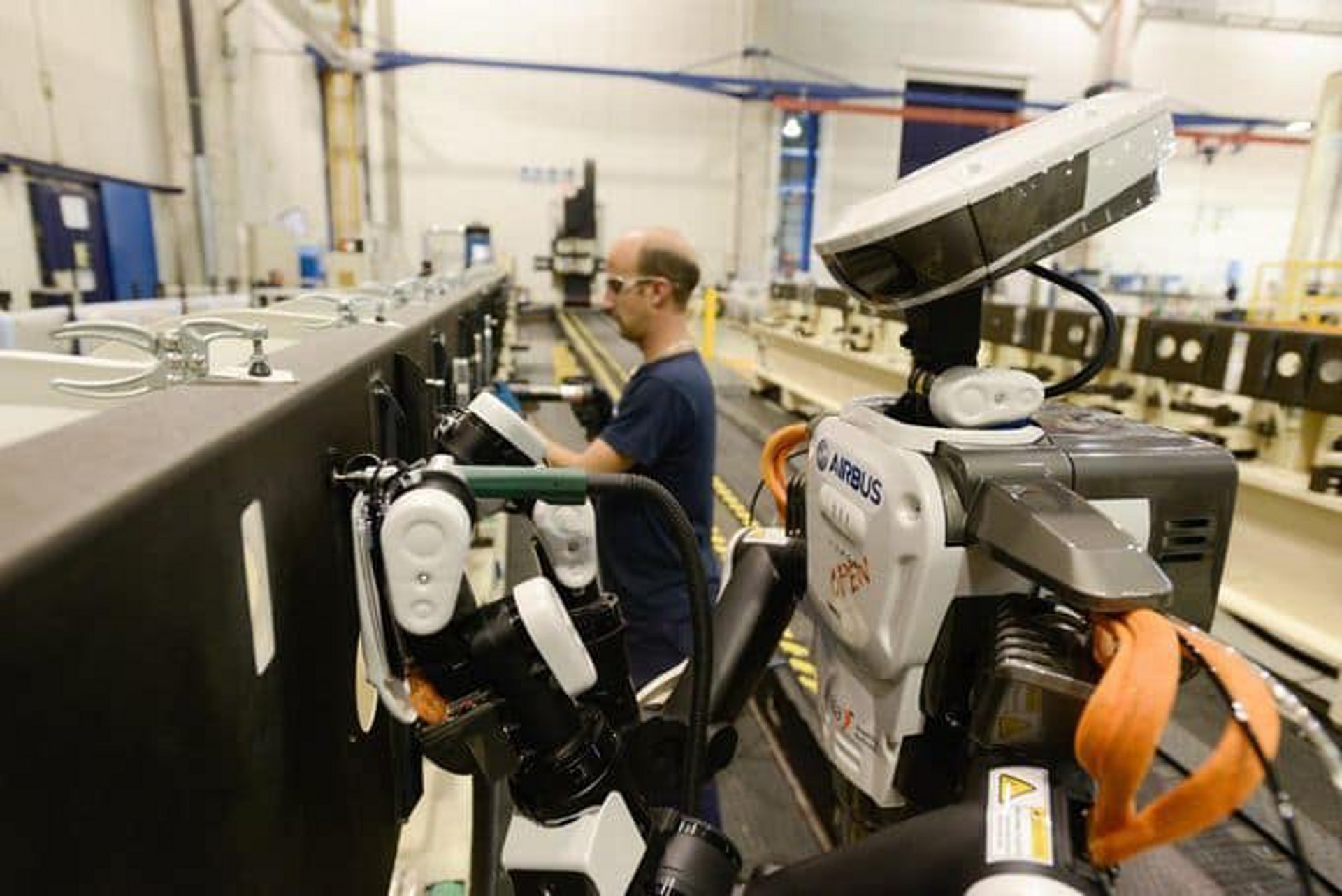Want to stay relevant in your office? Get ready to wear an exoskeleton, participate in a gamified micro-education platform, and have your behaviours and emotions judged by employers for “cultural fit.” At least, that’s if presenters at the IDC Canada Future of Work event hosted in Toronto are right about what to expect from the work experience in the years after 2020.
In survey data shared with the audience from IDC’s Future of Work survey released November 2018, workplaces around the globe are focused on the employee experience of the future. As more automation takes hold and more tasks are offloaded from human hands and into that of an artificial intelligence algorithm, almost half of employers are looking at ways they can address reskilling and training employees, as well as fostering more employee collaboration.
“If automation is replacing some people, how can I take them and help them do something else?” said Roberta Bigliani, vice-president of IDC Insights in the EMEA region. “It’s important to help people… happy employees will lead to a happy customer.”
Much like companies are obsessing over “the customer journey” these days, they are also turning their attention to “the employee journey.” The whole cycle of the experience is being reexamined, from hiring, to training, to ongoing reskilling, and maintaining long-term satisfaction.
Hiring in 2023: gig-based marketplaces and emotion-detecting AI
One aspect of finding the right talent to propel business will be new HR policies, processes and tools that emulate gig-economy marketplaces, Bigliani says. By 2023, 40 per cent of workers will be using such marketplaces to offer their digital skills – whether it’s as a freelancer to a market of many businesses, or even within a large enterprise to a variety of teams.
“This is helping in many industries, with some sort of crowd-sourcing way of solving the problem,” she says.
Enterprises looking to stock those talent markets will use technology to help sort through a mass amount of candidates. Bigliani points to consumer packaged goods firm Unilever as an example, which has been using a streamlined process for entry-level employees since 2017. Applicants simply use their LinkedIn profile as their resume, answer some neuroscience quiz questions to determine qualities of their personality, then use a tablet or computer to answer a pre-set list of questions via video interview. AI measures their facial expressions to capture their mood. The technology vendor, HireVue, determines candidates that are the best match for available opportunities and recommends them to a human recruiter.
“They want to have some element of personality and understand the traits of the people they are employing,” Bigliani says.
Multi-disciplinary skillsets become the norm
Once employees are hired, their performance has to be evaluated. While many analyst firms have long touted the power of key performance indicators (KPIs), IDC now predicts that by 2022, 35 per cent of businesses will replace those with key behavioural indicators (KBIs). These measure an employee’s collaboration, communication, problem-solving skills, and objectives.
Presenting by video conference, Ashok Krish, global head of digital workplace practice at Tata Consultancy Services (TCS) said that job functions are transforming to be “at the intersection of art and science.”
Having a depth of knowledge in one skillset is no longer enough, employees must have some generalized knowledge across a variety of skills as well. TCS created a T-factor metric to represent what its employees know outside of their main competency.
As described by TCS employees on Quora, the T-factor is literally represented by the letter T. The horizontal bar represents a broader understanding of a set of technologies. The vertical bar represents the depth of knowledge in one skill set.
TCS followed a five-step process to introduce the T-factor metric to employees:
- Awareness. The CEO spoke about the T-factor and mentioned it in a quarterly update.
- Importance. Relate it to employees’ specific roles.
- Ability. Have employees master new abilities in ways they can contribute.
- Motivation. Show employees where they stand compared to peers.
- Triggers. Place calls for action that remind employees about the new required action.
“The employees of today have to reimagine their skills, they simply can’t be in the same roles forever,” Krish says. “Organizations have to rethink what learning itself is.”
Trade in that office chair for an exoskeleton
While retraining will be a new part of work life for most, and automation will mean the end of it for others, many will have their capabilities augmented by technology.
IDC predicts that by 2024, half of structured and repeatable tasks will be automated in workplaces, and 20 per cent of knowledge workers will have AI-infused software or a digitally connected technology as a co-worker. Bigliani pointed to smart virtual customer service agents as one example, which 43 per cent are using today. Assistants for knowledge management are already used by 41 per cent of organizations.
That’s akin to what Toronto-based startup Zoom.ai provides its firms, explained Roy Pereira, CEO and founder of the firm. Its chat-based interface is intuitive and similar to what people expect in the consumer space.
“We go in and try to say we’re going to augment you and make you more productive,” he says. “We find if we augment the employee and let them do their work, that’s a much more successful path than automating.”
In a more extreme example of literal human augmentation, Bigliani pointed to Airbus, which has been using exoskeletons to help its factory workers build the A350 aircraft in Toulouse. These wearable robotics help workers lift heavy weights, or comfortably work in an awkward space.

Airbus also envisions a future where robotic workmates can be trained by humans and work alongside them to complete certain tasks.
